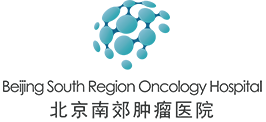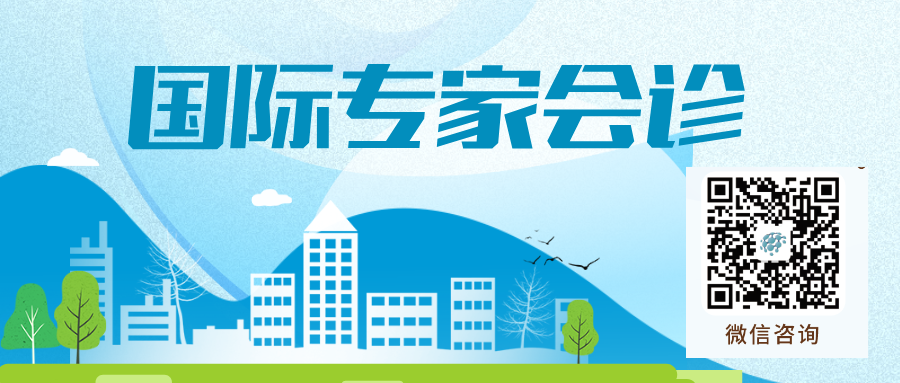On August 7, the Center for Drug Evaluation (CDE) of the National Medical Products Administration (NMPA) announced that PA3-17 injection has been proposed for inclusion in the breakthrough therapy designation, intended for the treatment of adult patients with relapsed/refractory T-cell acute lymphoblastic leukemia/lymphoma (r/r T-ALL/LBL).

At present, there are still many clinical trials of new anti-cancer technologies in China seeking patients. Consultation on new drugs and technologies, you can contact Beijing South Region Oncology Hospital International Department.
Phone Number:4008803716
WeChat ID: 17801183037
Email:myimmnet@163.com
Patients with relapsed/refractory T-lymphoblastic leukemia/lymphoma (r/r T-ALL/LBL) are clinically manifested by rapid disease progression, poor prognosis and lack of therapeutic options. Currently, only Nailabine was approved by the FDA in 2005 for the treatment of T-ALL/LBL patients who did not respond to at least two chemotherapy regimens or relapsed after treatment, with an ORR of 31% and a CR of 23%. Therefore, there is an urgent need to develop other effective modalities. Apart from its expression in normal T and NK cells and no expression in other tissue cells, CD7 is highly expressed in T-ALL/LBL cells. Therefore, CD7 is considered a potential target for the development of CAR-T therapy for T-ALL/LBL. The challenge, however, is to avoid fratricide caused by the expression of CD7 in T cells. Researchers developed a CAR-T cell injection based on CD7 nano antibodies, named PA3-17 injection, by blocking the expression of CD7 molecule on the surface of T cells through anti-CD7 protein expression blocker (PEBL).
The long-term follow-up data from the Phase I clinical trial of PA3-17 injection for the treatment of relapsed/refractory T-cell acute lymphoblastic leukemia/lymphoma (R/R T-ALL/LBL) were presented at the internationally authoritative academic conference EHA 2025.
As of Feb 19th, 2025, a total of 13 patients were enrolled (3 patients in dose 1, 2, 3 group, 4 patients in RP2D group), all of whom received a single infusion of PA3-17 injection and completed a 28-day dose limiting toxicities (DLTs) assessment. RP2D was established at 2×10⁶ CAR-T/kg based on pharmacokinetics, safety and efficacy beyond this dose. No DLTs occurred and the maximum tolerated dose (MTD) was not reached. Cytokine release syndrome (CRS) incidence was 84.6% (G3:23.1%, no G4), while immune effector cell-associated neurotoxicity syndrome (ICANS) was limited to G1-2 (15.4%). The efficacy data showed that the best objective response rate (ORR) was 84.6% (11/13) and 76.9% (10/13) achieved complete remission/complete remission with incomplete count recovery (CR/CRi). Remarkably, 69.2% (9/13, 8 patients CR) maintained response at 3 month, with 50.0% (4/8) maintaining CR>15 months post-infusion without subsequent stem cell transplantation (SCT), and two of them still had detectable CAR-T cells at 21 months. Notably, a heavily pretreated patient [prior Hematopoietic Stem Cell Transplantation (HSCT), bulky disease >7cm] attained CR by day 28 and second HSCT at 6 months.
PA3-17 injection demonstrated good tolerability, profound and sustained clinical activity in heavily pretreated r/r T-ALL/LBL patients, with 50% of CR patients remaining survival or/and progression-free at 1 year.
At present, there are still many clinical trials of new anti-cancer technologies in China seeking patients. Consultation on new drugs and technologies, you can contact Beijing South Region Oncology Hospital International Department.
Phone Number:4008803716
WeChat ID: 17801183037
Email:myimmnet@163.com
Post time: Aug-13-2025

